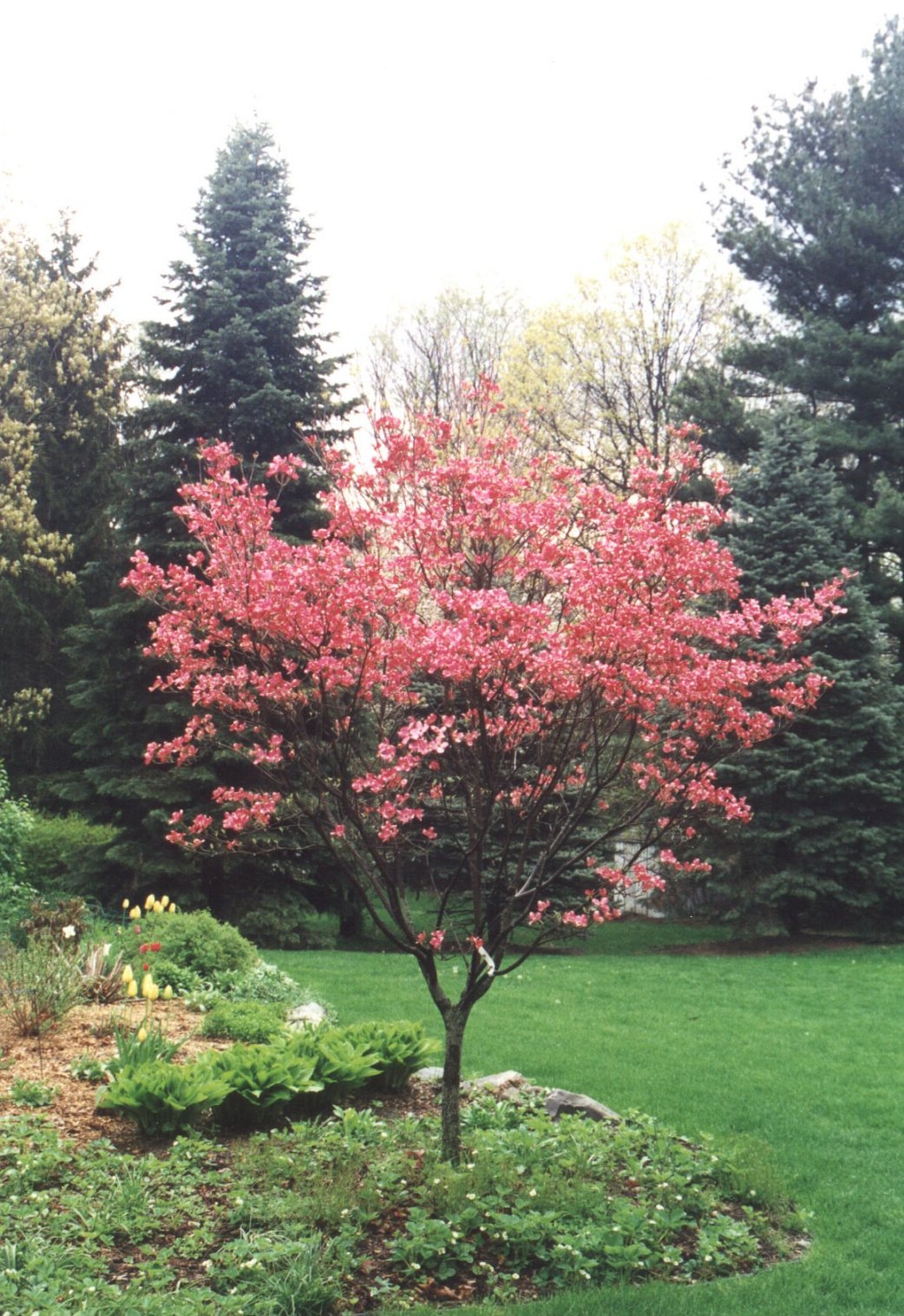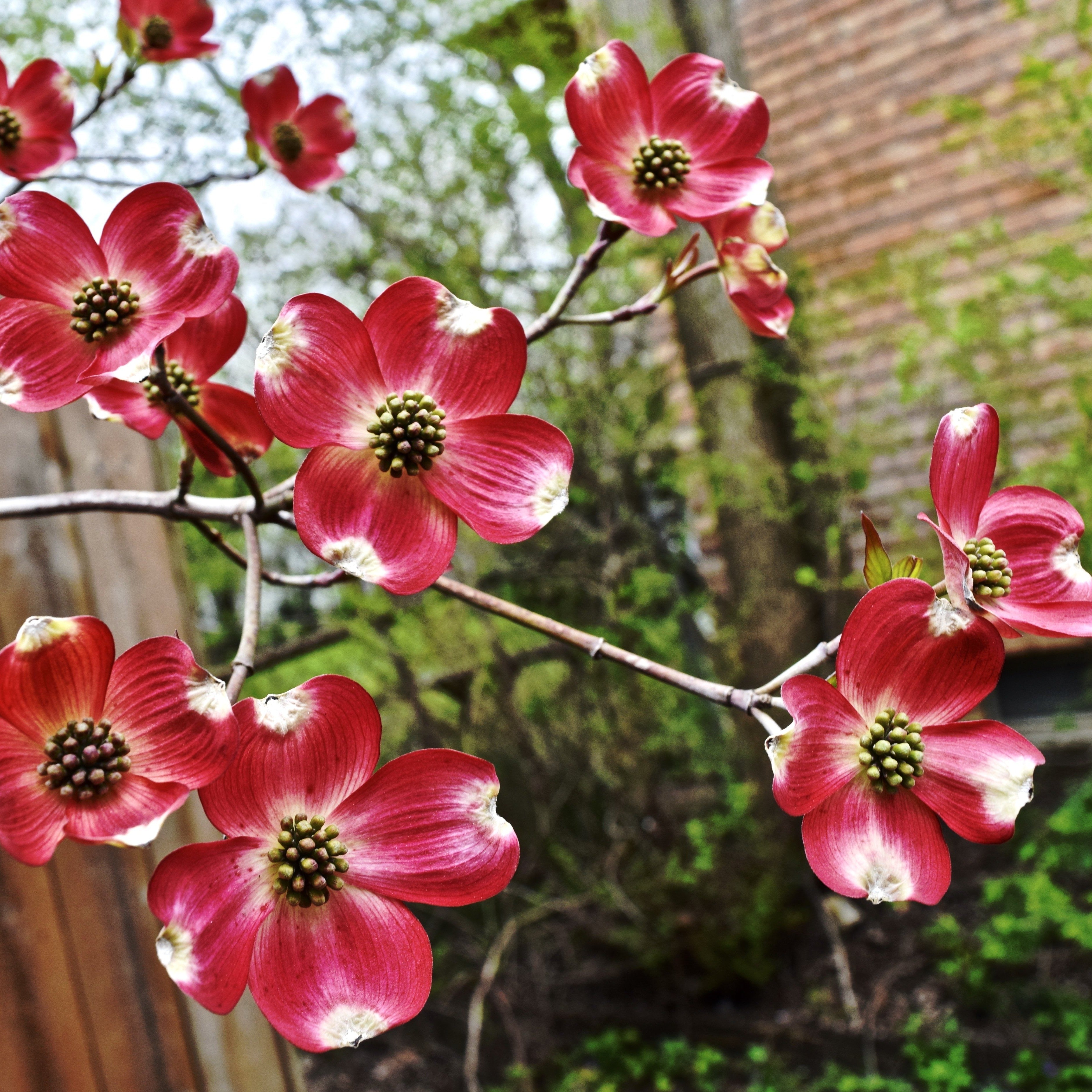

- Cherokee brave dogwood size update#
- Cherokee brave dogwood size full#
- Cherokee brave dogwood size plus#
This can be treated with fungicide but prevention with the correct cultural requirements is really the answer.ĭogwoods flower in spring, the "flower" is made up of four bracts that surround a small central dome. If you do not provide Cornus with the correct conditions they can become susceptible to anthracnose disease which is a fungus disease typified by brown to tan irregular spots and blotches on the leaves. For those who have warm winters (Waikato North) then try Cornus Eddies White Wonder which has been bred to cope with warmer temperatures. Dogwoods love a cold winter and hot dry summer.
Cherokee brave dogwood size plus#
They require a sunny spot with no more than the lightest shade plus deep nourishing soil that is not too wet in winter. To get the best from Dogwoods you really must be able to give them the conditions they thrive on. Cornus kousa which hails from Japan is becoming more popular in NZ and Cornus kousa Moonlight is a firm favourite with the team here at Wairere.Īll Dogwoods are deciduous and frost hardy with the exception of Cornus capitata which is semi evergreen and only tolerates light frost. The Americans love this tree so much it is the State tree for both Virginia and Missouri. In this case "florida" actually means flowering rather than place of origin. The Dogwood most commonly grown in NZ hails from North America and is known as Cornus florida. The Cornus or Dogwood genus of trees and shrubs has family members from both North America and Asia. Ensure that your Cherokee brave dogwood tree has all the room it needs to expand, as it will do so quickly.Dogwoods - now you're barking up the right tree! You should also know that this tree has a comparatively fast growth rate. A lack of sunlight can be another cause of underwhelming blooms. Specifically, excessive amounts of nitrogen can lead to reduced flowering in some cases. Achieving maximum resultsįertilization with a nitrogen-rich formula is beneficial for Cherokee brave dogwood trees, but too much can be a problem. The best way to prevent these problems is to give your tree ideal amounts of fertilizer, water, mulch, and sunlight. Some of the most common afflictions include powdery mildew, leaf spots, and dogwood anthracnose. Several diseases can also affect Cherokee brave dogwood trees. Dogwood borers are most likely to affect trees that have recently received a wound, and that tendency is why you should not prune this tree in the spring and summer when borers are active. One of the greatest threats to dogwood trees is the dogwood borer. When pruning, be careful not to remove too many buds, as this will diminish the following season’s blooms. Pruning during active growth can cause this plant to bleed sap and can leave it susceptible to pests such as borers. It is best to prune a Cherokee brave dogwood tree in the late fall or winter, when it is dormant. However, pruning to remove dead, diseased, or broken branches remains a beneficial practice. In most cases, dogwood trees will take on a pleasant form and grow to a manageable size without pruning. The Cherokee brave dogwood also requires acidic soil. To ensure that is the case, use a nitrogen-rich fertilizer about twice per year.

The soil in which this plant lives should have good drainage and adequate nutrients. What’s most important is keeping the soil consistently moist. During droughts, you can increase the water you give this plant as needed.

You should give your Cherokee brave dogwood tree water once per week for most of the active growing season. Generally, it is best to conduct planting in the spring. Backfill with healthy soil and provide plenty of water. When planting, dig a hole that is twice as wide as the plant’s root ball and about as deep as the root ball’s height.
Cherokee brave dogwood size full#
However, a full sunlight location may be suitable if you live in a colder region. To plant a Cherokee brave dogwood tree, you’ll need to find a location that receives about four hours of sunlight per day.
Cherokee brave dogwood size update#
By John Haryasz | Horticulture Writer and Landscape Designer – last update on February 28, 2022


 0 kommentar(er)
0 kommentar(er)
